The Lion's Den
What Percentage Of Companies Use Influencer Marketing?
Instagram Marketing

According to Statista, “69.7 percent of U.S. marketers in companies larger than 100 employees are expected to use influencers for marketing purposes.”
With its growing popularity and effectiveness, influencer marketing is a hot topic in the marketing industry. As social media became more popular, these platforms created new avenues that brands could use to market products and services to customers. Influencer marketing is, arguably, the most noteworthy of all of them.
Let’s break down some of the key figures about influencer marketing growth and the impact of influencer marketing on consumer behavior.
How Many Influencers Are There In The World?
It’s difficult to give an exact answer to questions like “how many influencers are there?” and “how many influencers are there on TikTok or Instagram?” For one thing, the definitions of what an influencer is can vary, changing the estimates of how many there are. Some people think you need hundreds of thousands or even millions of social media followers to be an influencer, but that isn’t the case. One of the fun facts about influencers is that almost half of all influencers have between 5,000 and 20,000 followers.
There are also new influencers every day, so the number can fluctuate. Forbes reports that more than 50 million people worldwide consider themselves influencers. The exact number of influencers may be higher or lower than this figure. As for the number of influencers by country, some of the countries with the most influencers include the United States, Brazil, Italy, the United Kingdom, and France.
Do A Lot Of Companies Use Social Media Influencers?
When social media influencer marketing first became an option, some companies were hesitant to pursue it. In the last decade, though, there has been tremendous growth in the influencer marketing industry as more people choose to become influencers and more companies recognize the power of partnering with them for marketing campaigns. Today, many industry leaders and other successful companies turn to social media influencer marketing to help market their products and services.
As of 2024, nearly 80 percent of U.S. marketers at companies with 100 or more employees were expected to work with social media influencers in their marketing campaigns. But what companies use social media influencers? Some of the top companies that work with influencers include:
- Levi’s
- Chipotle
- Audible
- Adidas
- Dunkin’ Donuts
- Magnum
- Häagen-Dazs
- Bigelow Tea
- Sprint
- Old Navy
Many more companies will likely launch their own influencer marketing campaigns this year and in the years to come. It’s no surprise that spending on influencer marketing is expected to reach $6.16 billion in 2024 in the U.S. alone, up from $4.6 billion in 2023.
How Have Influencers Helped Companies?
The reason why all these companies choose influencer marketing is simple — it’s effective. Influencers have helped companies by increasing their conversions and sales, but also by boosting their visibility and credibility. Some of the other benefits of working with influencers for companies include:
- Raising brand awareness.
- Increasing engagement with potential customers.
- Building a larger social media following.
- Entering into new markets.
- Boosting authority in the industry.
- Connecting directly with target audiences.
Emerging Trends in Influencer Marketing
Influencer marketing continues to evolve, adapting to new technologies and shifting consumer preferences. Here are some of the most notable trends shaping the future of influencer marketing:
1. Rise of Micro and Nano-Influencers
While mega-influencers and celebrities have long dominated the space, there’s a growing shift towards micro (10,000-100,000 followers) and nano-influencers (1,000-10,000 followers). These smaller influencers often have highly engaged, niche audiences, making them valuable partners for brands looking to target specific demographics. Their perceived authenticity and closer relationships with followers can result in higher engagement rates and more genuine endorsements.
2. Authenticity and Transparency
Consumers are increasingly skeptical of overly polished, salesy content. Authenticity and transparency are becoming critical. Influencers who are genuine, share personal stories, and openly communicate about their partnerships resonate more with audiences. This trend has led to a rise in long-term brand partnerships, where influencers become true ambassadors, integrating products seamlessly into their content.
3. The Impact of TikTok and Emerging Platforms
TikTok has revolutionized the influencer marketing landscape with its unique format and highly engaged user base. Brands are leveraging TikTok influencers to create viral content and reach younger audiences. Additionally, emerging platforms like Clubhouse and Twitch are gaining traction, offering new opportunities for influencer collaborations and innovative marketing strategies.
4. Emphasis on Video Content
Video content remains a dominant force in influencer marketing. With the popularity of Instagram Stories, Reels, and IGTV, along with TikTok and YouTube, influencers are focusing more on creating engaging video content. Videos allow influencers to showcase products in action, provide tutorials, and connect with their audience on a deeper level.
5. Use of AI and Data Analytics
Artificial intelligence and data analytics are playing an increasingly significant role in influencer marketing. Brands are using AI-driven tools to identify the best influencers for their campaigns, predict engagement, and measure the impact of their efforts more accurately. These technologies enable more efficient and effective influencer marketing strategies.
6. Social Commerce Integration
The integration of e-commerce features on social media platforms, such as Instagram Shopping and TikTok’s partnership with Shopify, is transforming how consumers shop. Influencers can now tag products directly in their posts, making it easier for followers to purchase items without leaving the app. This seamless shopping experience is driving higher conversion rates and boosting the ROI of influencer marketing campaigns.
What Are The Top Influencer Marketing Statistics In 2024?
Influencer marketing statistics in 2024 show how powerful this modern marketing method can be. Consider these stats:
- Companies earn an average of $5.20 for every dollar spent on their influencer marketing campaigns. Though unusual, some top companies can earn a return on investment (ROI) of up to $10 per $1 spent.
- One study shows that the average ROI for influencer marketing campaigns is 11 times higher than the ROI of the average display ad campaign.
- The influencer marketing industry report shows that the industry is projected to be worth $24 billion by the end of 2024.
- 49% of consumers depend on influencer recommendations from social media influencers they follow online.
- 62% of social media users place more trust in influencers than in traditional celebrities.
- 63% plan to use AI in executing their influencer campaigns, 55% of these brands will use AI for influencer identification
How Lionize Can Help With Your Influencer Marketing Strategy
If these social media influencer marketing statistics pique your interest in pursuing an influencer marketing strategy at your company, Lionize can help. As a top influencer marketing platform, Lionize simplifies influencer marketing for brands by managing every step of the process for you.
Our platform will help you define your influencer marketing strategy, find qualified influencers that meet your needs, manage your influencer partners, and track the results of your campaign — all in one user-friendly command center. Take advantage of the power of AI and machine learning within the platform, so you don’t have to do any of the heavy lifting.
Want to see how it works? Book a Discovery Call today to get in touch with our expert team and see Lionize in action.
Connect with Influencers today.
The only platform that uses AI to source, recruit and manage influencers directly from Social Media. If they don’t post, you don’t pay.
Related Articles
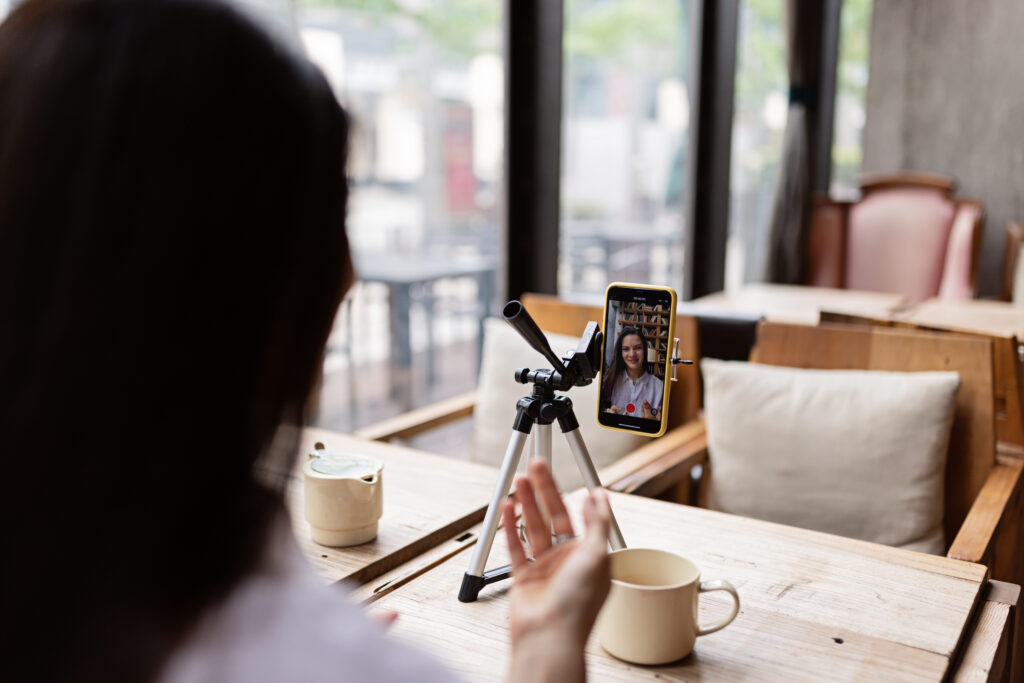
How To Become a Content Creator On Instagram
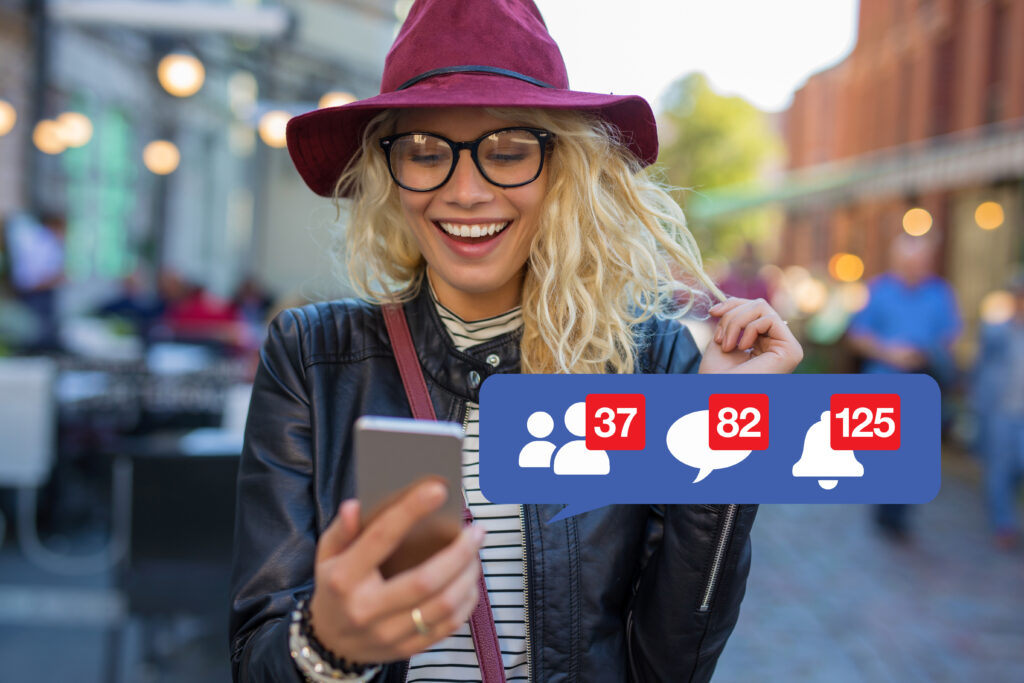
What Is a Digital Creator On Instagram?

How To Switch To A Creator Account On Instagram
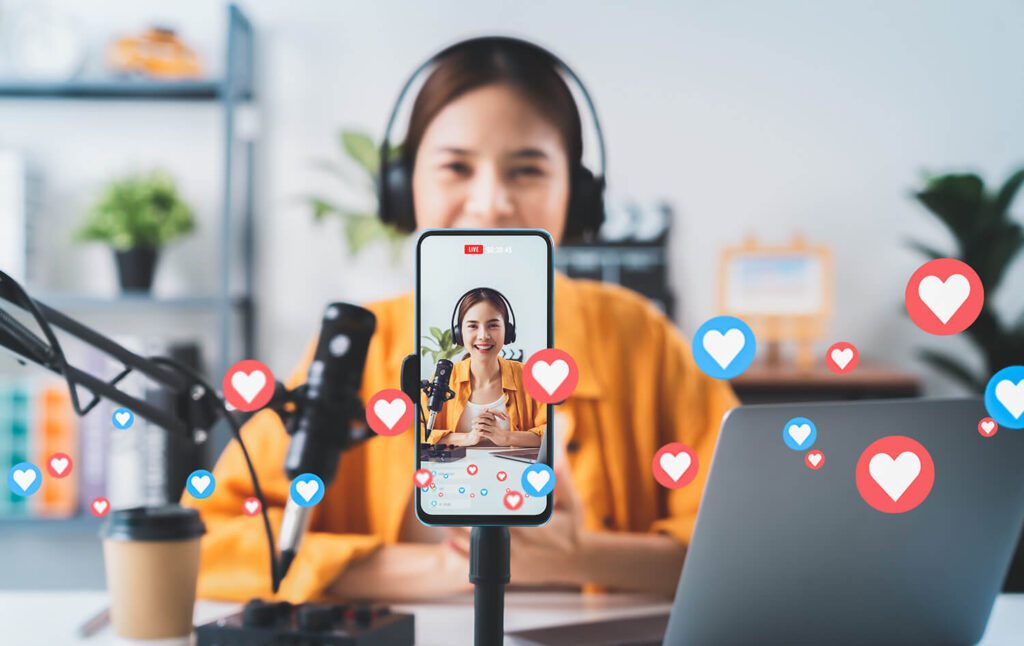
Top Influencer Marketing Trends to Watch
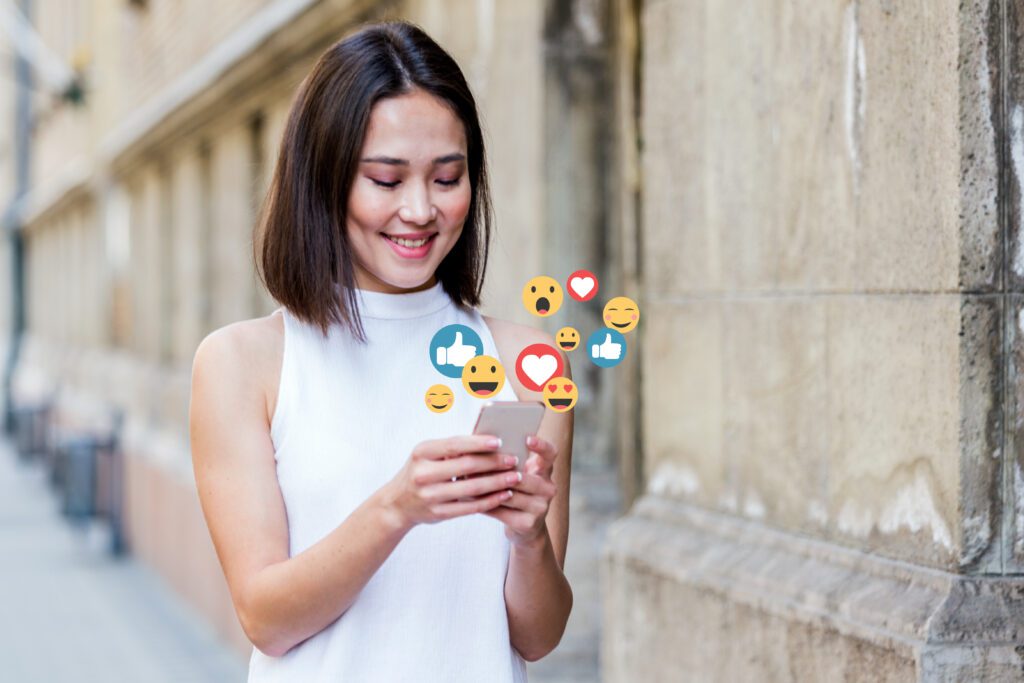
What Is One of the Biggest Challenges for Influencer Marketing?
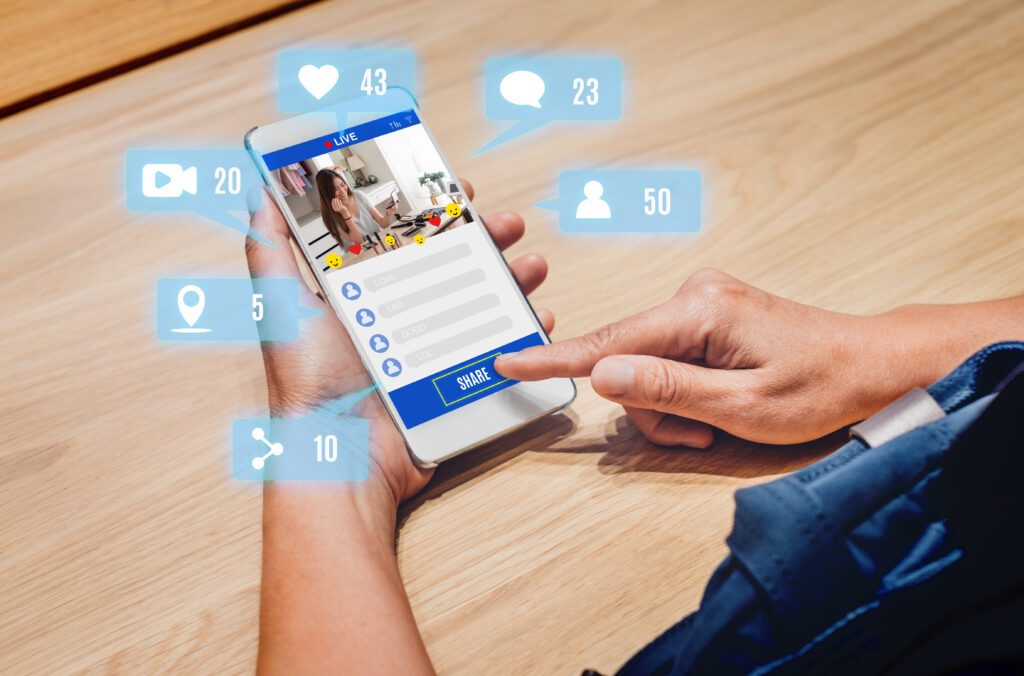
What Channels Are Most Popular for Influencer Marketing?

Influencer Marketing Trends in 2023
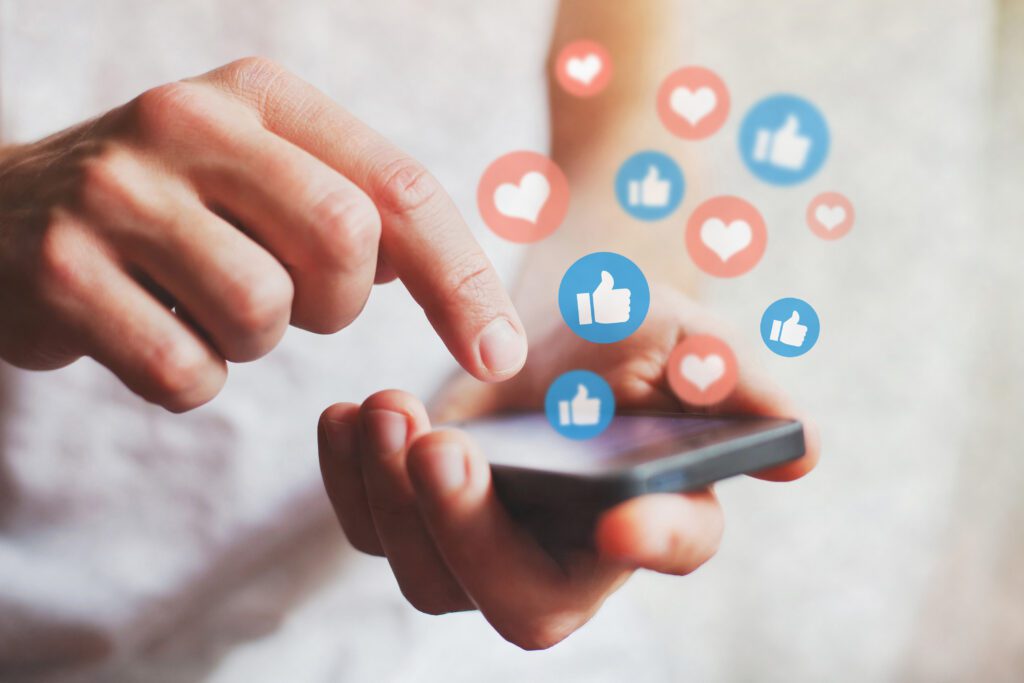
What Are the Benefits of Paid Partnership on Instagram?

How Do You Get a Paid Partnership on Instagram?
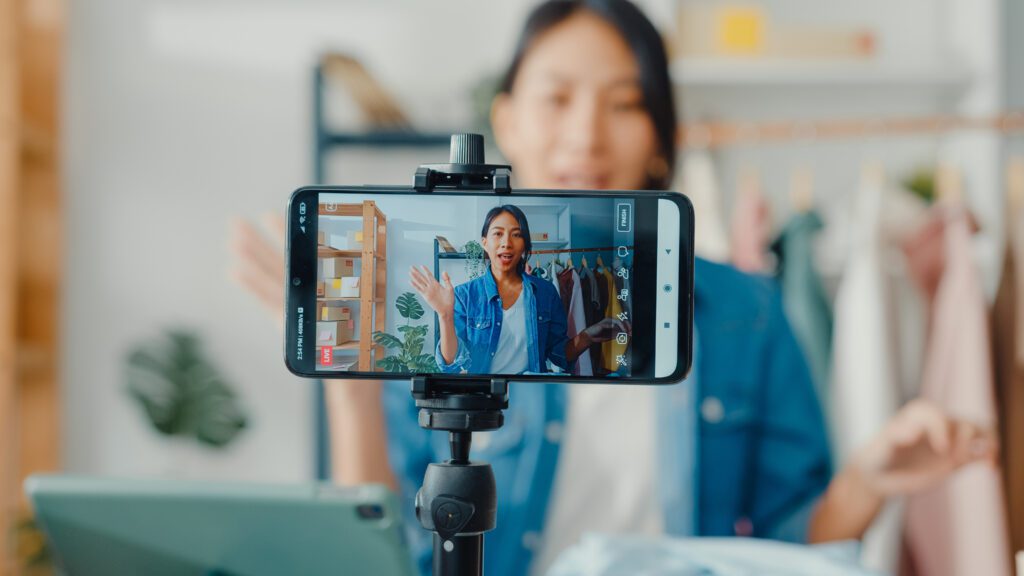
How Much Is a Paid Partnership on Instagram?
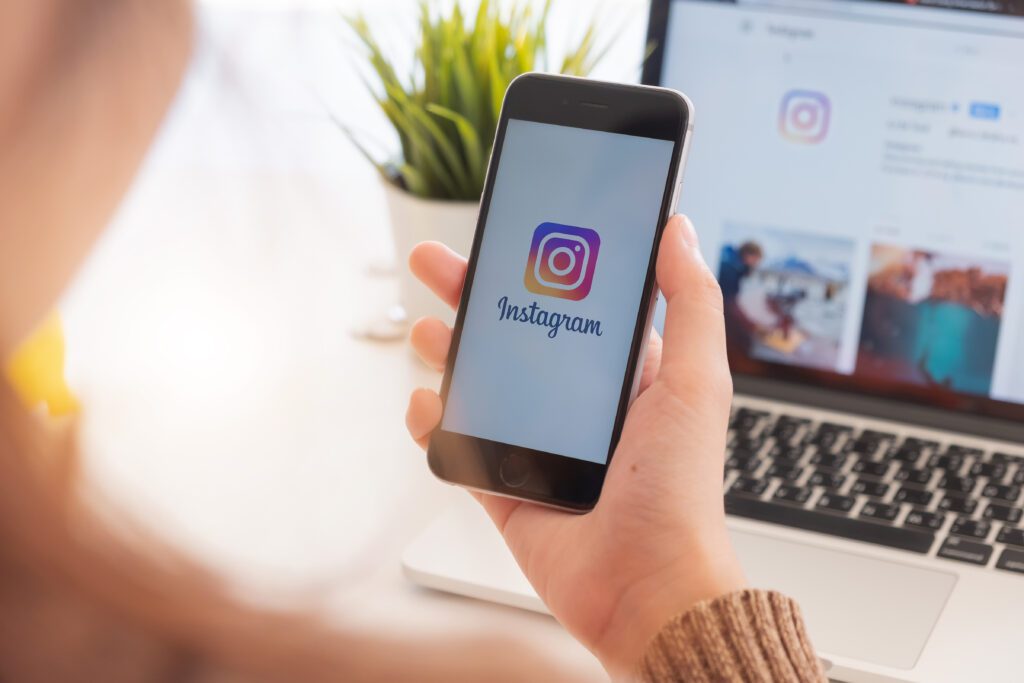
How Do Paid Partnerships Make Money On Instagram?

How Do You Create An Influencer Strategy?
In this blog, we’ll walk through the steps to create an influencer strategy, from understanding the different influencer types, to finding creators to partner with, to building
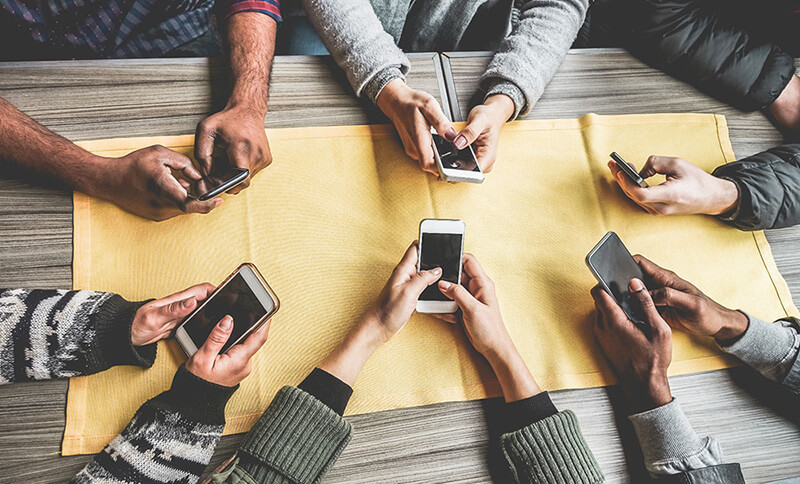
How To Create An Influencer Marketing Plan That Works
Creating your influencer marketing plan is easier than you might think. It requires you to determine your goals, do some research, and compare influencer marketing strategies —

The Best Influencer KPIs of 2024
If you’re going to run an influencer marketing campaign, you have to familiarize yourself with key performance indicators for influencers. Here’s what you need to know about

Where To Hire Influencers?
But how do you actually go about finding influencers to work with? Lionize has you covered with our quick guide. We’ll talk about how you can find
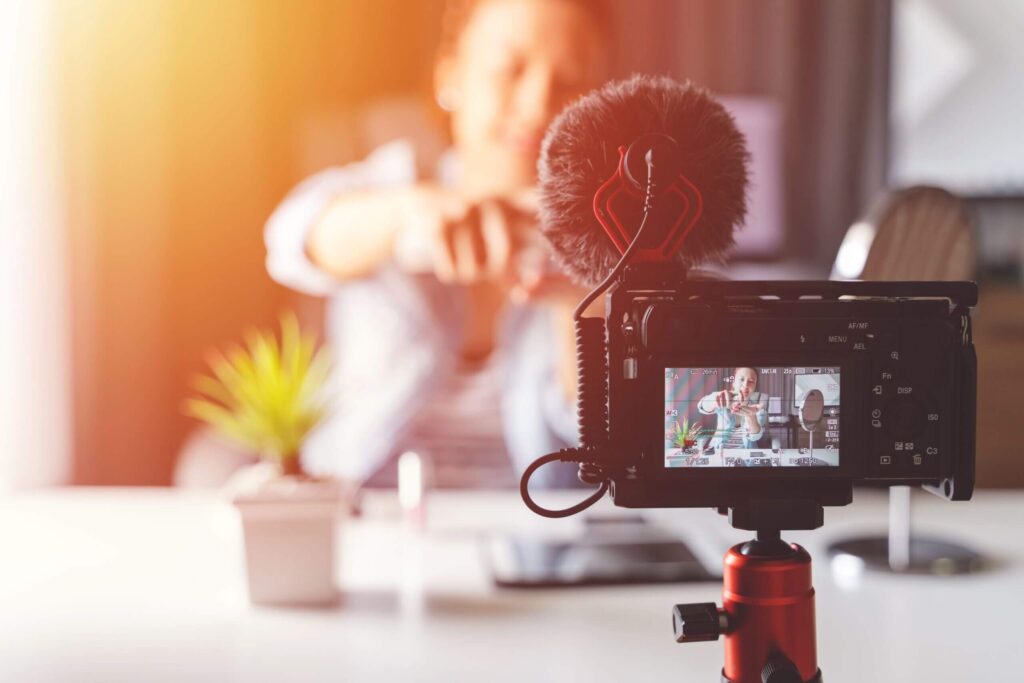
How Do I Start An Influencer Network?
If you’re wondering how to start an influencer network for yourself – it may be tricky, but it’s definitely beneficial to have content creators in your corner
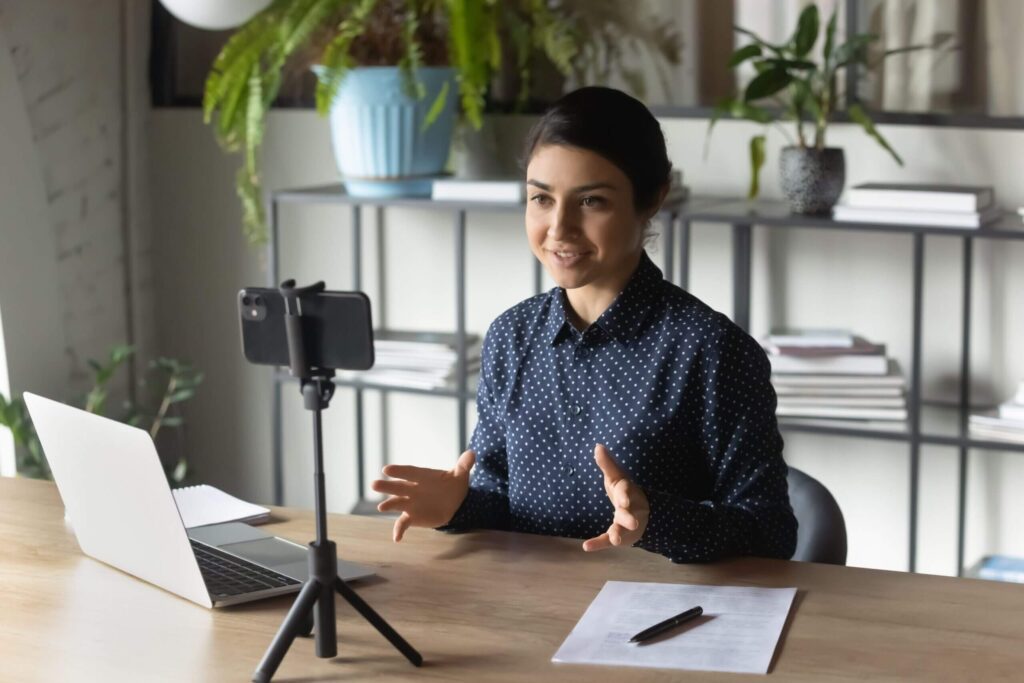
What Are Influencer Networks?
To get started with influencer marketing, many companies turn to influencer marketing agencies, platforms, or networks. If you’re wondering what influencer networks are and why they’re important

What Platform Is Best For Influencers?
An influencer marketing platform is a type of software tool aimed at helping brands and influencers connect for marketing campaigns. On the influencer side of things, an

What Are Examples of Branded Content on Instagram?
Many brands and influencers are now looking to use Instagram’s new branded content feature. If you’d like examples of how brands can use it or more information

What Is the Instagram Branded Content Warning?
Branded content is a new feature on the Instagram platform. It’s caused a lot of excitement and some confusion for influencers and brands that are looking to
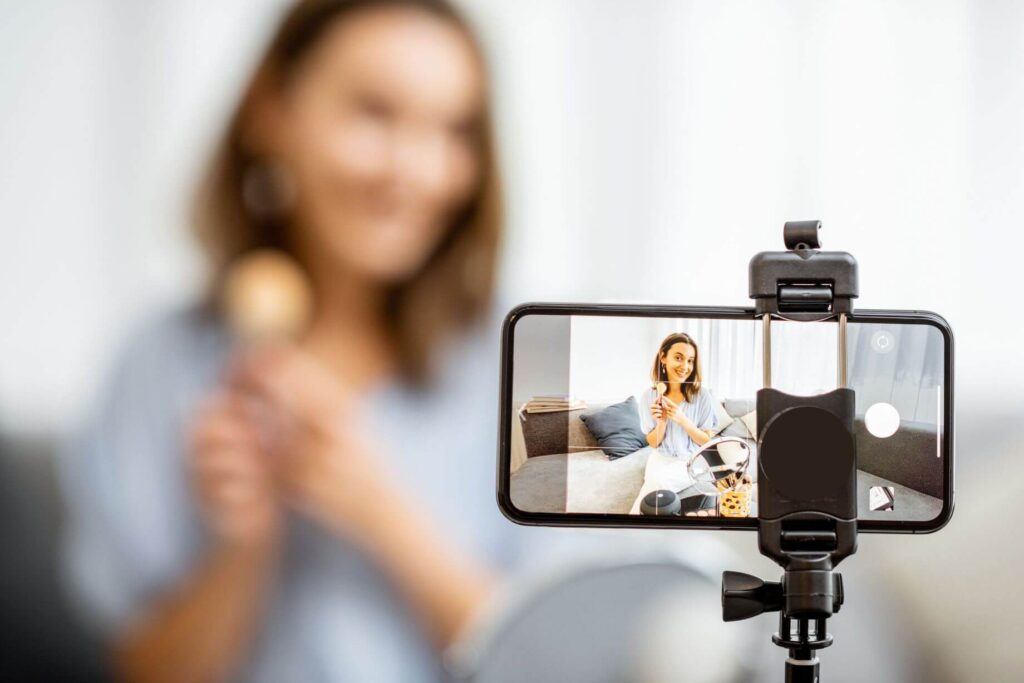
Why Is Instagram Flagging My Post as Branded Content?
Branded content is a new feature on the Instagram platform. It’s caused a lot of excitement and some confusion for influencers and brands that are looking to
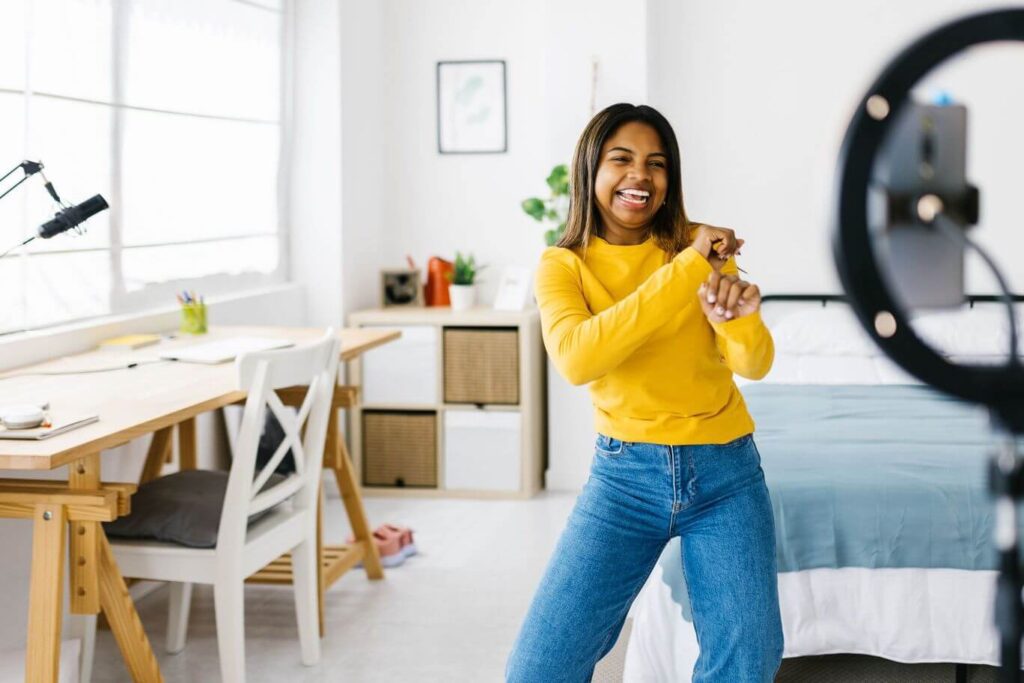
How Do You Get Approval for Branded Content on Instagram?
Branded content is a new feature that Instagram recently released. It’s meant to help the process of brands and influencers partnering for marketing promotions. If you’re wondering
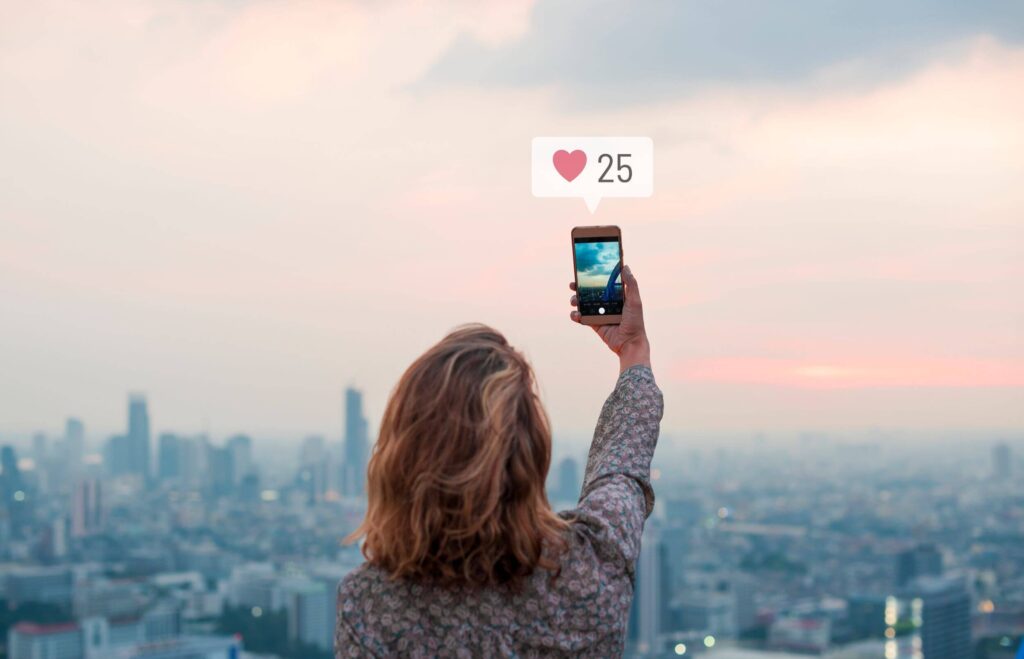
Why Can’t I Use Branded Content On Instagram?
In this blog, we’ll talk about the branded content tool and how to become eligible for a paid partnership on Instagram. Whether you’re on the brand side
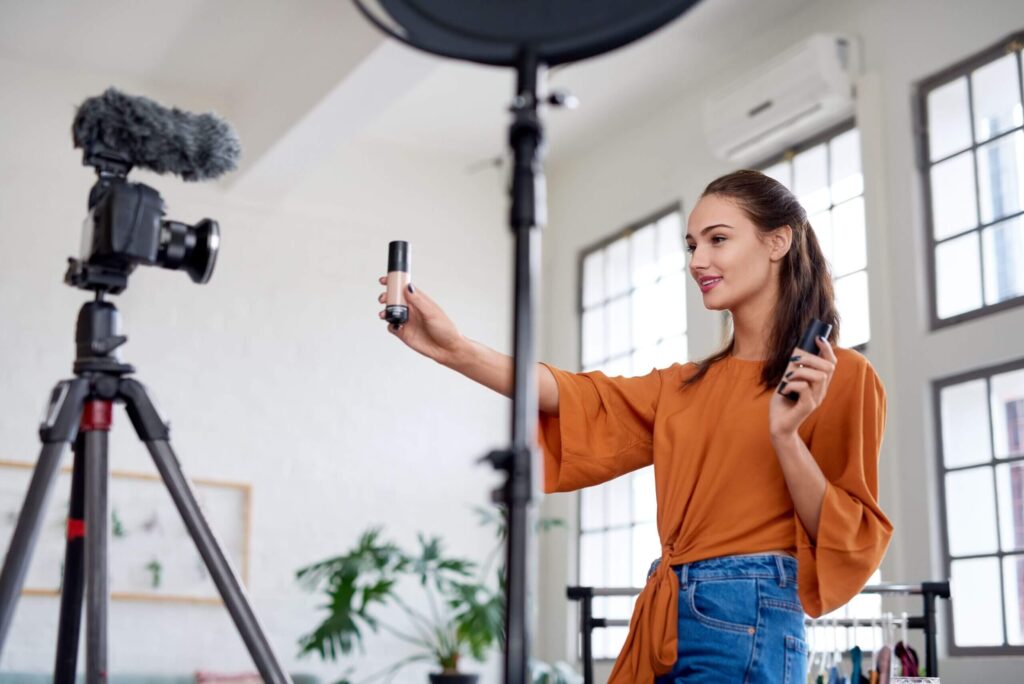
What Are the Three Types of Influencers?
This article will go over the three main types of influencers and other aspects that affect which influencers your brand should choose for partnerships. Read on to

What Top Brand Categories Use Influencer Marketing?
If you’re considering getting into influencer marketing, you’re probably wondering what types of brands will get good results from it. This article will provide an overview of
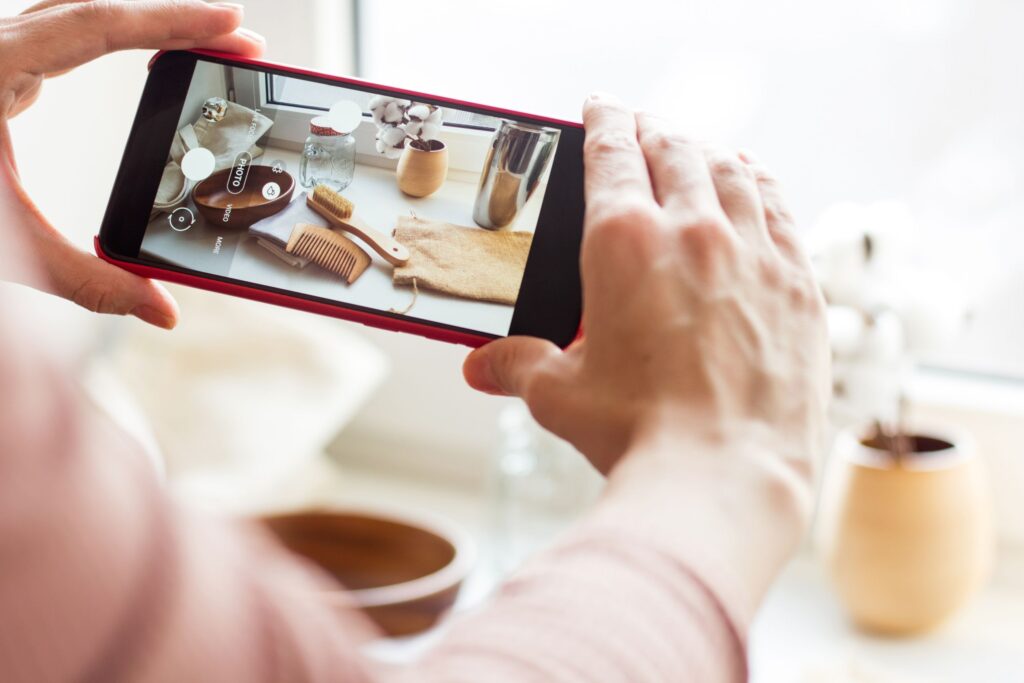
What Are the Four Types of Influencers?
This article will go over the different types of influencers and the most important things you should pay attention to when picking an influencer to work with
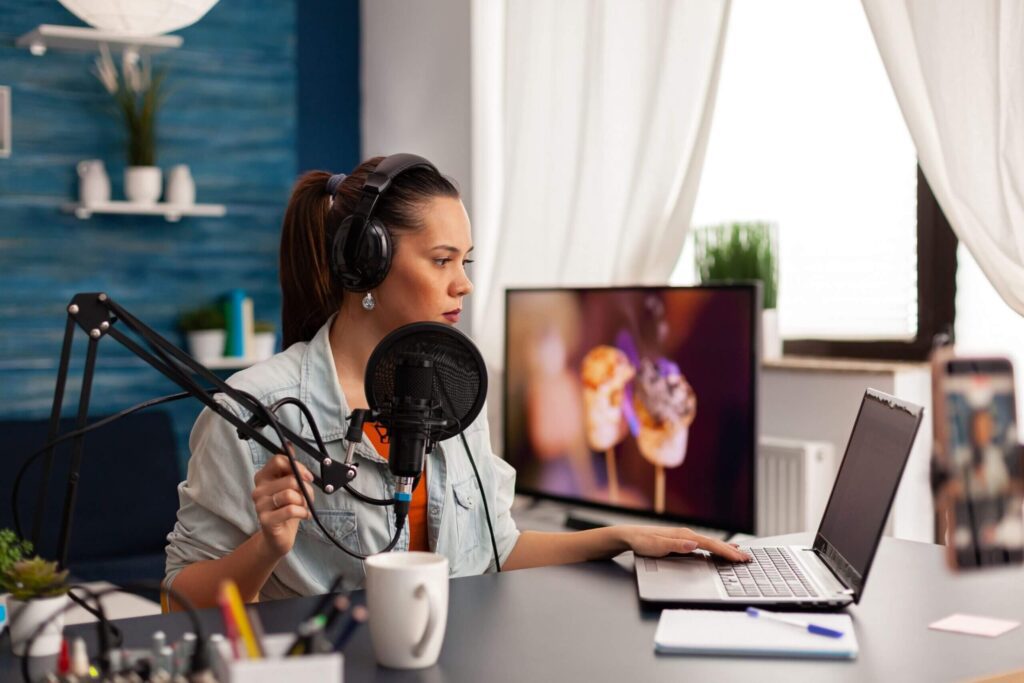
How Effective Is Influencer Marketing
So, what do the social media influencer statistics say about how well influencer marketing works? In this blog, we’ll explore the statistics on influencer marketing and the

What Are Some Influencer Marketing Strategies?
In this blog, we’ll discuss how to dip your toes into influencer marketing, as well as some top influencer marketing strategies that you can use to rise

How Do I Get An Instagram Influencer To Promote My Product?
Discover top tips and tricks for influencer outreach in this blog, including a template on how to write an email to an influencer for collaboration.

How Much Does Instagram Influencer Marketing Cost?
The cost of working with an influencer can vary widely, depending on factors such as the influencer's reach, engagement, and niche. Each content creator is different in
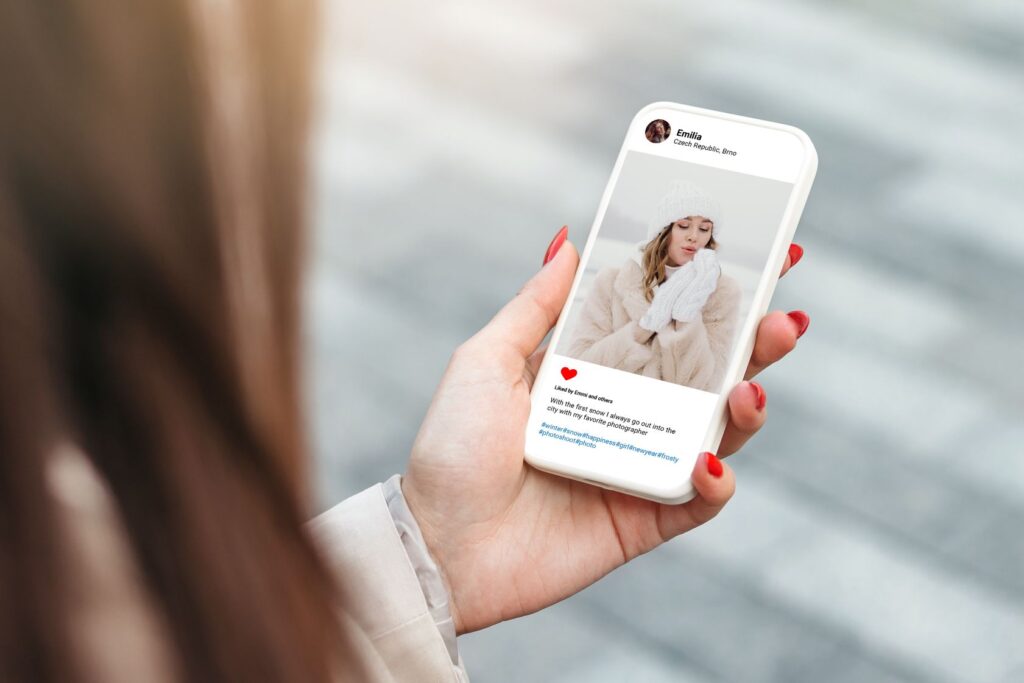
How To Do Influencer Marketing On Instagram in 2024?
If your company is interested in pursuing Instagram influencer marketing but isn’t sure where to start, use this guide to learn how to do influencer marketing on
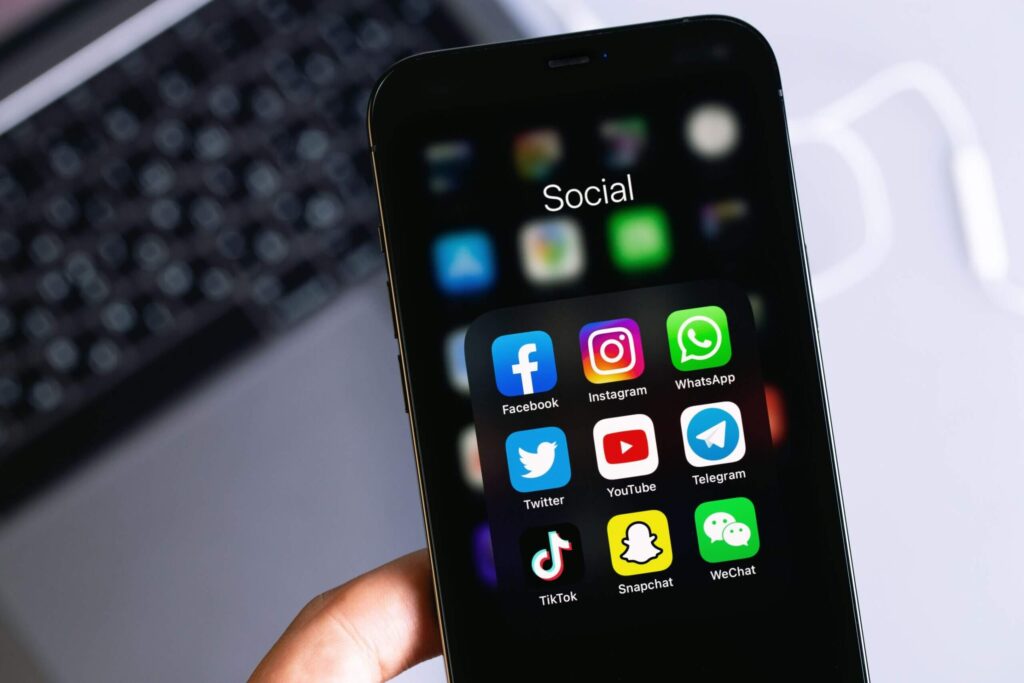
How Do I Choose An Influencer Marketing Platform?
Choosing an influencer marketing platform is a big decision, so it’s important to stay informed about your options and key differentiators between platforms. Here’s what you need

How Do Instagram Influencers Use Marketing?
Instagram is one of the world’s most popular social media platforms, with over 1 billion active users. It’s also home to some of the biggest influencers in
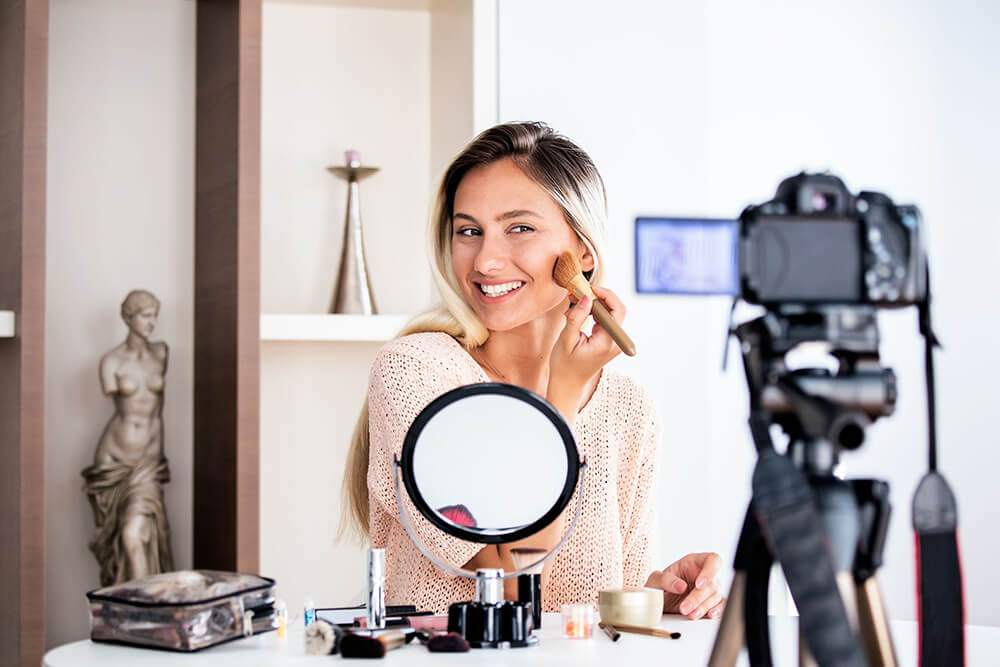
How Do You Promote Influencer Content on Instagram?
If your business is considering promoting influencer content on Instagram, you may be wondering how the process works or what the best way is to get started.
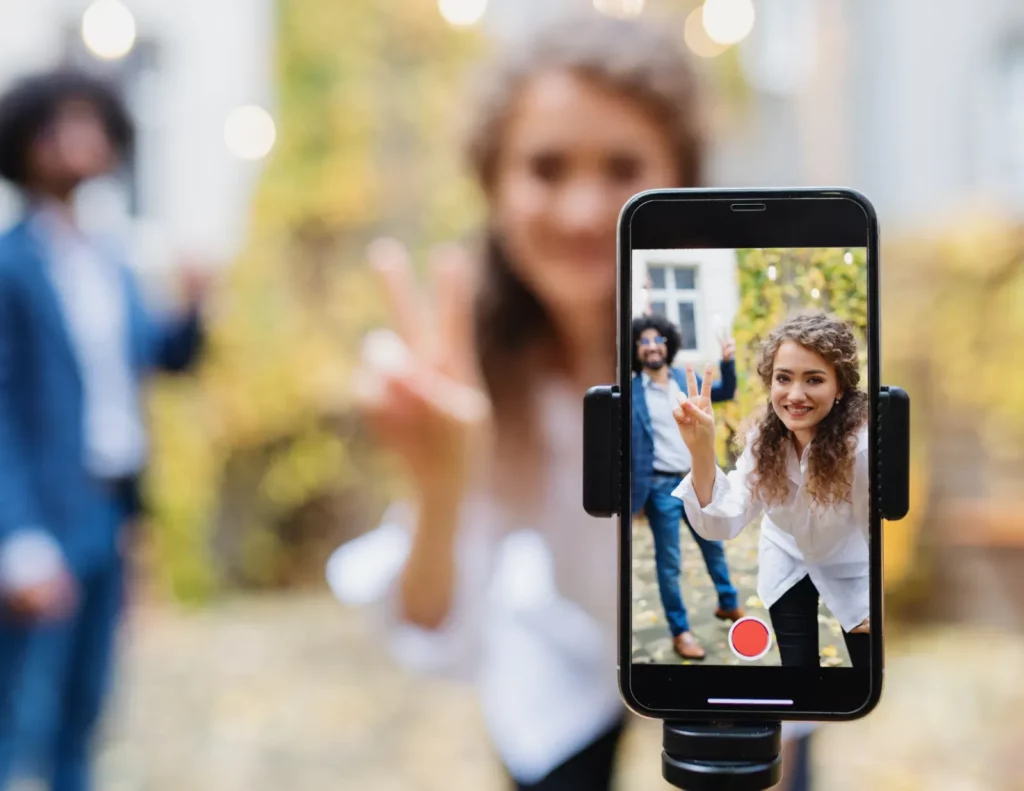
Why User Generated Content is Powerful
User-generated content (UGC) is a marketing agencies dream. Authentic, relatable content created by your audience for your audience.

What is Influencer Generated Content And How to Maximize it
How to use influencer generated content to make your brand shine in a crowded social media landscape.

The “Reel” Way to Market
Instagram has been heavily investing in Reels in response to TikTok’s rapid rise in popularity in recent years. Here's what you need to know.
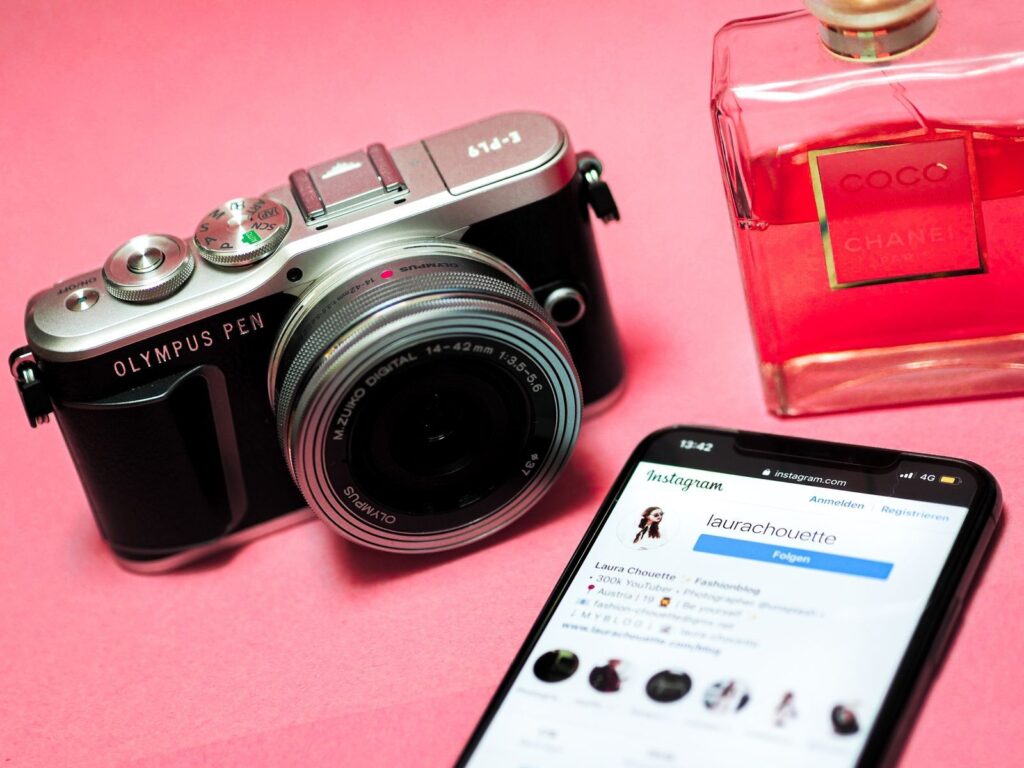
Techniques to Attract And Incentivize Your Influencer Partners
Recruiting the right influencers is the first step to any marketing campaign on social media. Learn how attract and incentivize the right influencers.
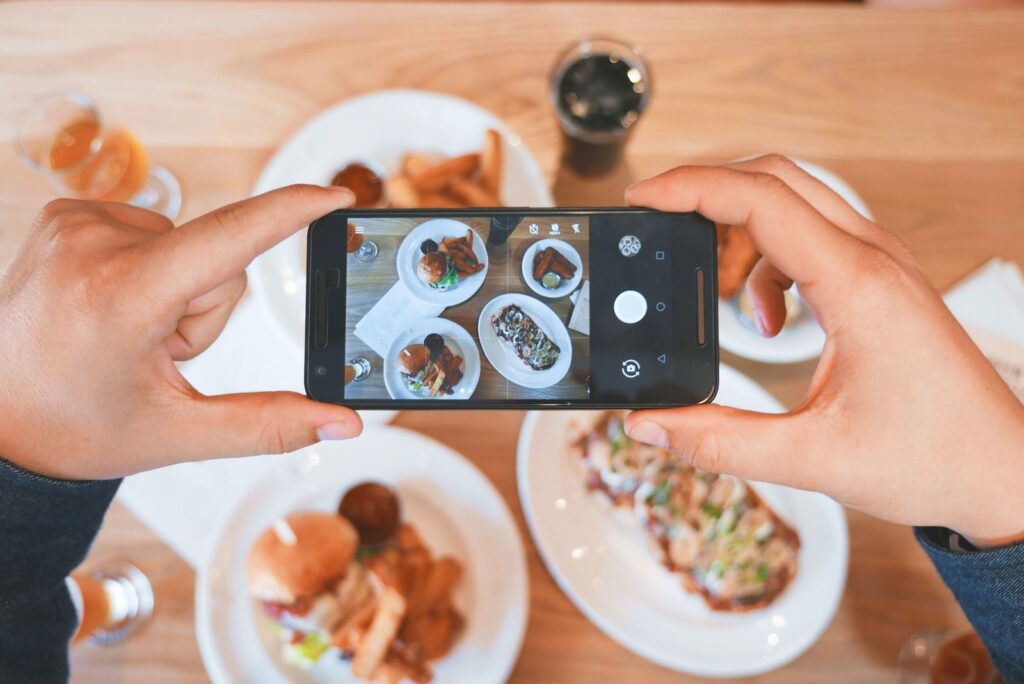
Influencer Whitelisting: Everything You Need to Know
Leverage your influencer's reach with Influencer Whitelisting. Learn how to take influencer marketing to the next level.

How to Run an Instagram Influencer Audit
Auditing an influencer is important in running a successful social media campaign. Getting the right influencers is more important than getting the most.

How to Create a Successful Influencer Marketing Strategy
Influencers are “Internet celebrities”, that is, people who have a large and loyal number of followers on their social networks like Instagram.

How to Write an Influencer Brief For Partnership
Learn how to write an Influencer Brief to attract the right content creators for your influencer marketing campaign.
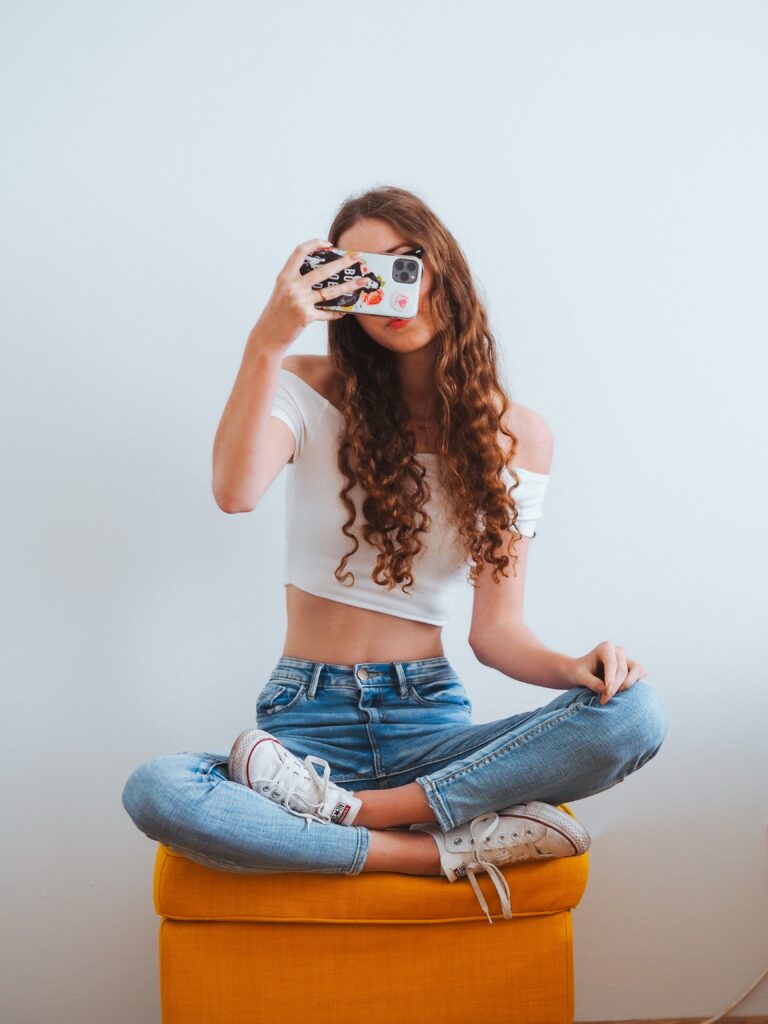
How Much Do Influencers Charge For Instagram Sponsored Post
Instagram influencer campaigns are one of the hottest channels of influencer marketing. It's practically indispensable for a proper social marketing campaign because they continue to grow and
6 Types of Influencer Marketing Campaigns
When thinking about influencer campaigns, the now classic ‘sponsored post’ quickly comes to mind. But there are many successful types of campaign you can run. We’re going
For Brands
We’ll help you find the perfect partners for your brand. Let our network of limitless Influencers build brand awareness and drive your digital traffic goals.
Book a demoFor Agencies
Finally, a platform that removes the heavy lifting of Influencer campaign management. Free your time to focus on your client’s creative strategy.
Book a demo